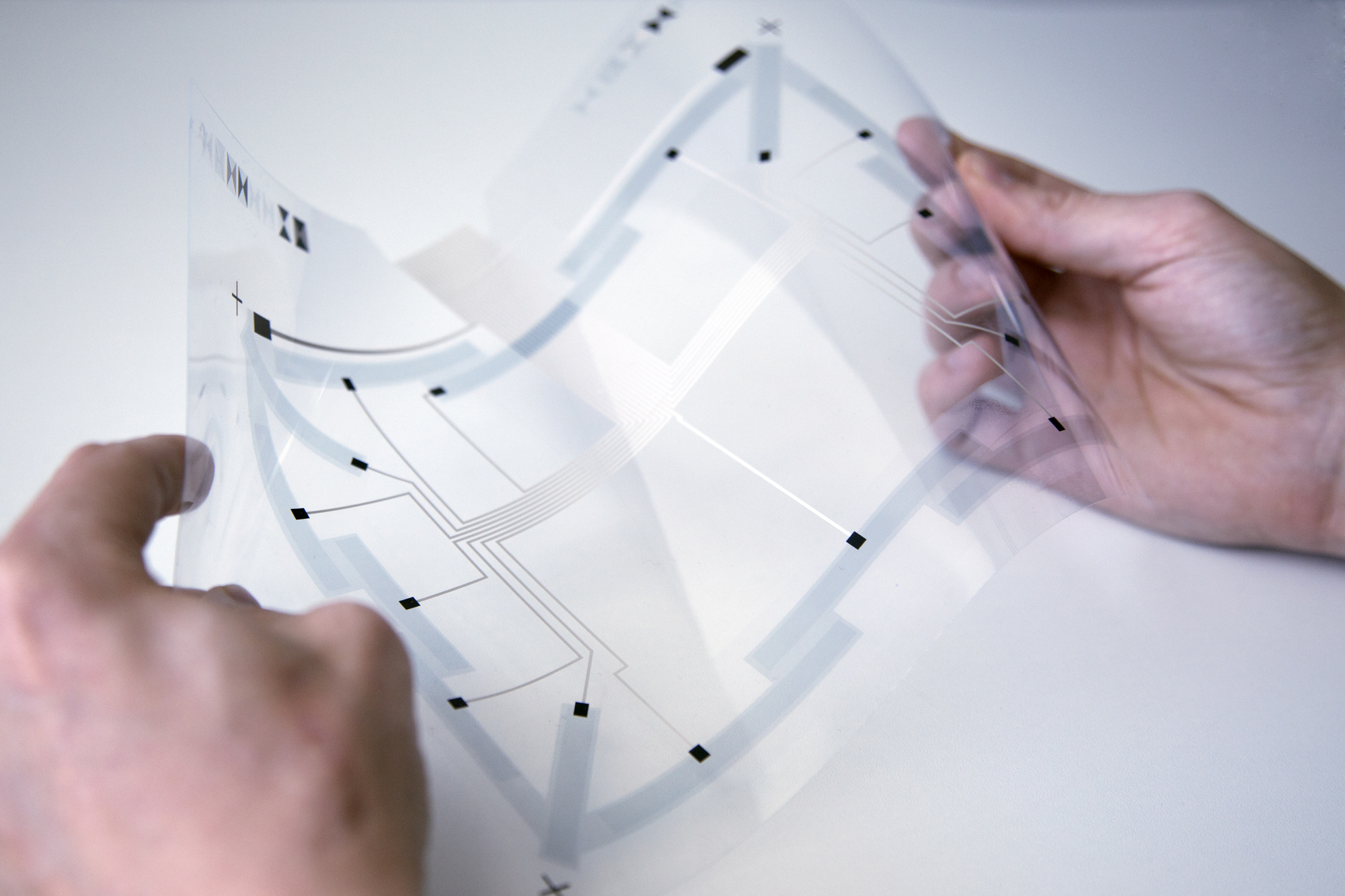Electronics
Microelectronics, materials and their structuring properties are the key to realizing high-performance components and taking technologies to the next level.
Materials and methods
Inorganic-organic hybrid polymers can be structured directly by lithography or can be formulated chemically as negative or positive resist. To further promote the miniaturization of chips, the semiconductor industry develops new (lithographic) structuring methods that require corresponding novel resist materials. These resist materials must be well-suited for forming structures in the nanometer range. They need to be highly sensitive to the applied radiation and their etching properties should be adaptable.
R&D priorities
- Printed electronics
- Resist development
- Materials for smart systems
- Transparent electronics
- Protective lacquers
Sample applications
Directly structurable smart materials can enhance functions of microelectronic components and offer solutions for system-on-chip and system-in-package concepts that strive to integrate different electronic functional elements in mininum space. The Fraunhofer ISC develops piezoelectric materials that can be processed as functional resist, as well as patterning techniques for the production of MEMS and MOEMS.


